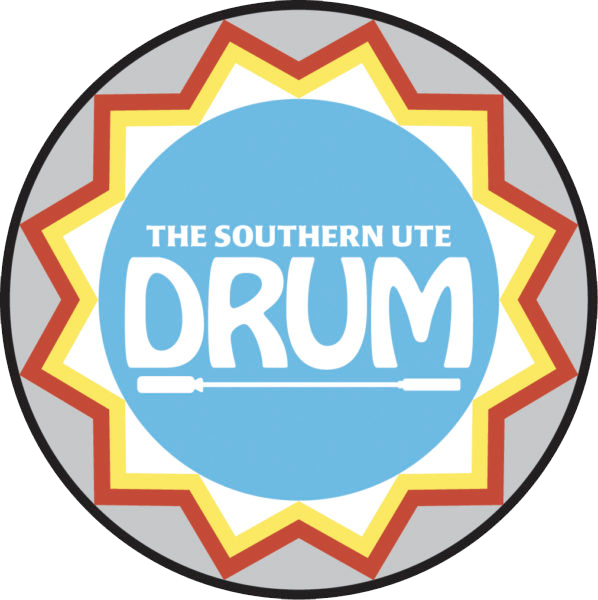The Tracks Across Borders Scenic and Historic Byway Commission (TABB) has been awarded a Destination Development Mentor Grant by the Colorado Tourism Office (CTO). The grant provides consulting services from a tourism expert and is valued at approximately $10,000. The Byway is relatively new, having been designated in 2015, so it is not well known locally and regionally. Therefore, the TABB Commission plans to use the grant to develop a robust marketing plan which will include an expanded outreach to organizations and tourism-related businesses along and near the Byway. The goal is to expand travel on the Byway, thereby boosting tourism revenues for the counties and towns along the Byway route.
TABB is a 126-mile Byway from Chama, N.M. to Durango, Colo. through Archuleta, LaPlata and Rio Arriba Counties. It is one of 26 Byways in Colorado and an equal number in New Mexico, officially designated by the respective State Transportation Departments.
The Byway closely follows the route of the old narrow-gauge Denver and Rio Grande Western Railroad (D&RGW) that ran from Chama to Durango, abandoned in 1969, with a short side trip to Chimney Rock National Monument. The railroad was an important driver of economic development for the Southern Ute Indian Tribe, with a depot on the southern end of Ignacio.
In addition to Chama and Durango, towns along the Byway include Dulce in New Mexico and Arboles, Allison, Tiffany, Ignacio, and Oxford, along with the “ghost” towns of Juanita and Pagosa Junction in Colorado. In addition to Chimney Rock, highlights of the Byway include the the Jicarilla Apache Cultural Center in Dulce, N.M., Navajo State Park, the Southern Ute Cultural Center and Museum and the Sky Ute Casino in Ignacio, and numerous attractions is Durango, Colo. At either end of the Byway are two operating segments of the same D&RGW rail line, the Cumbres and Toltec Scenic Railroad and the Durango and Silverton Narrow Gauge Railroad.
In addition to the past tracks of the old D&RGW, the Byway celebrates other tracks as well – the tracks of the wildlife that inhabit the area, of Native American trails, of Spanish missionaries in the 1600s, of oxen on the Old Spanish Trail in the 1800s, and of the wagons of pioneers. A drive on this backcountry Byway allows travelers to step back in time and see the untouched western landscape and learn about the deep, rich history and culture of this part of the old American West.
More information on the Byway can be found on the web at tracksacrossborders.org and a Facebook page. Questions can be directed to tracksacrossborders@gmail.com.

